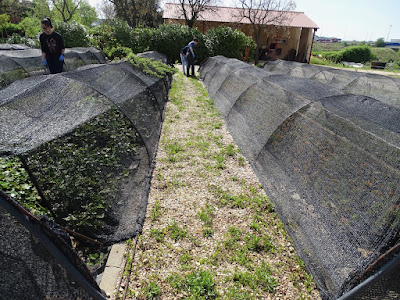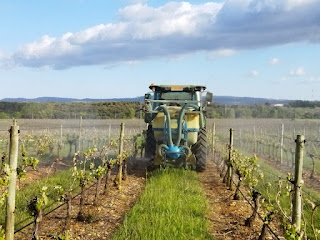Pruebas de biochar en Valladolid en cultivo de zanahoria

En una de las nuevas pruebas del uso del Biochar en cultivos, se ha efectuado la aplicación del producto en zonas de cultivo de zanahoria. Para ello se llegó a un acuerdo con la empresa PRIMBIO IBERICA, que ha cedido una parcela para la prueba en el término municipal de Portillo (Valladolid). Se ha usado Biochar procedente de orujillo y se ha aplicado mediante la maquinaria abonadora estándar de los agricultores de la zona. Se probarán dos concentraciones de Biochar una, de 0,66 kg/m2 y otra de 1,66 kg/m2. La zona de aplicación es una parcela con arenas que se usa desde hace años para el cultivo de la hortaliza. Descarga del Biochar del proyecto Aplicación del biochar


